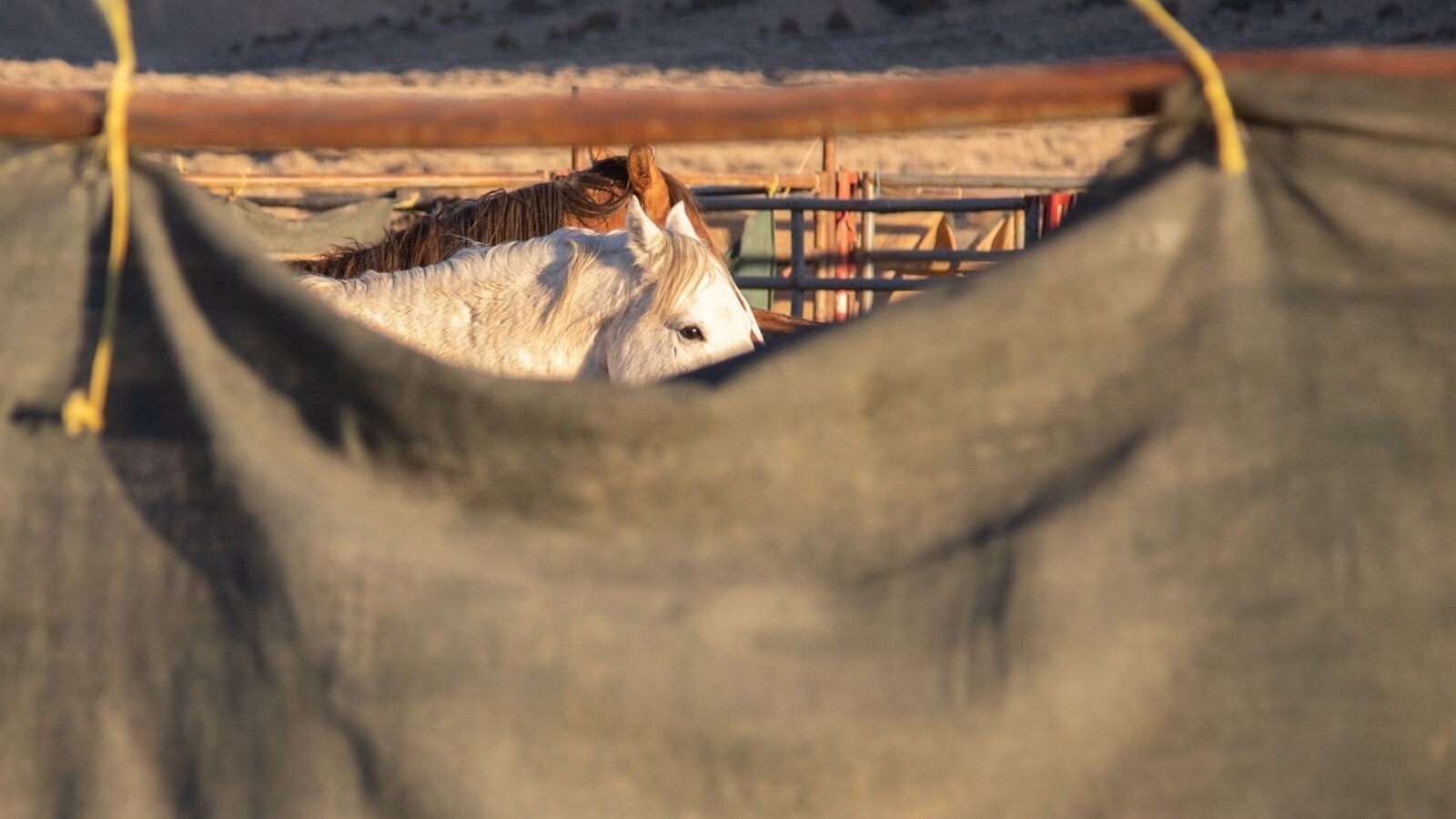I’ve written several columns about the proposal under consideration by the legislature that would have the State of Wyoming investigate purchasing 1 million acres of private surface and 4 million acres of mineral rights in the checkerboard country of southern Wyoming.
Governor Mark Gordon and legislative leaders are pushing the idea to purchase the Anadarko assets now up for sale by Occidental Petroleum, and the two bills paving the way for the deal are House Bill 249 and Senate File 138. Both bills are winding their way through the legislature, with HB249 set to be heard by the Appropriations Committee on Monday Feb. 24th at noon. To listen to those deliberations, access the livestream here.
Most people I’ve talked to about this proposed land deal usually respond with “What the …” and “I thought the State was broke,” but some have expressed the view that it would be good to have more public land, more public access, more areas set aside for wildlife – as if state and federal lands are managed in the same way. They aren’t.
Trust Assets
When Wyoming became a state in 1890, the federal government granted it 4.2 million acres to be held in state trust to produce income to support public schools and other public institutions (such as the state hospital). The Wyoming Constitution and statutes require the State Board of Land Commissioners (the top five statewide elected officials) to manage trust assets for two purposes:
- Long-term growth in value; and
- Optimum, sustainable revenue production.
Management of state trust land is done in four primary ways (surface leasing, land transactions, mineral leasing, and royalty compliance) with the purpose of generating revenues in the form of rentals, royalties, and fees.
The land deal bills before the legislatures note that subject to exiting lease and contract rights (which the state can renegotiate), “all state laws governing the management of state lands shall be applicable to assets purchased” in this land deal. Let’s have a look at how state lands are managed.
Ag Use
For ag leases on state lands, grazing leases (for grazing livestock, raising crops, or other ag uses) are 10-year terms and are renewable. Existing state leases can be contested at the time of renewal.
Grazing rates are based on animal unit months and priced at a statewide 5-year average of private property leases less 20 percent (to reflect contributions typically provided as a part of a private land lease). State regulations set out the details of leases costs for crops and other agricultural uses.
Anyone proposing to enter state lands with an activity that will cause surface disturbance is required to contact the person holding the ag lease, and this lessee may negotiate a surface impact payment.
The state has a fee schedule for surface impact payments, and for the first $5,000, the lessee gets 40% and the state gets 60%. For the next $5,000, the lessee gets 30% and the state gets 70%. For everything over $10,000 the lessee gets 20% and the state gets 80%.
The public is not charged for recreational use of state trust lands, and likewise, holders of temporary use permits are not charged.
Not “public” lands
State trust lands are to be managed to produce revenue, so they aren’t comparable to federal “public” lands like that of the Bureau of Land Management that are to be managed under a multiple-use mandate. But the State Land Board has adopted rules allowing the “public the privilege of hunting, fishing, and general recreational use on state trust lands.”
Recreational privileges on state trust lands come with sideboards: the lands must be legally accessible, and off-road use, overnight camping, open fires, and anything else that would damage the property are prohibited on state trust lands.
So you can hike, fish, and play on state trust lands by day, but no camping, fire pits, or charcoal grills (except in camping areas established by State Land Board). Cultivated croplands on state trust lands are not open to public use.
The state may issue permits for furbearer trapping and outfitting/guiding on state trust lands, (either exclusive or nonexclusive), and outfitters may be allowed to establish camp sites on exclusive permits.
Some state trust parcels are closed to all public use, while others have seasonal restrictions on public use, or restrictions on the discharge of firearms, hunting, or the use of motorized vehicles.
Other Uses
About 1/3 of the 3.9 million acres of state trust land are leased for oil and gas development, and other acreages are subject to leasing for coal, uranium, trona, bentonite, precious minerals and stones, limestone, zeolite, and sand and gravel. The state also offers state trust land for commercial and scientific fossil exploration.
The Forestry Division of the Office of State Lands is responsible for managing about 263,000 acres of forested state trust land, including timber management and harvest on these properties.
With the dire lack of public information released about the proposed land deal, it’s no wonder the public is confused about what lands are included, and how it might be managed. If our state leaders have a vision for these lands, they certainly haven’t shared it with the public.
Cat Urbigkit is an author and rancher who lives on the range in Sublette County, Wyoming. Her column, Range Writing, appears weekly in Cowboy State Daily. To request reprint permission or syndication of this column, email rangewritesyndicate@icloud.com.





